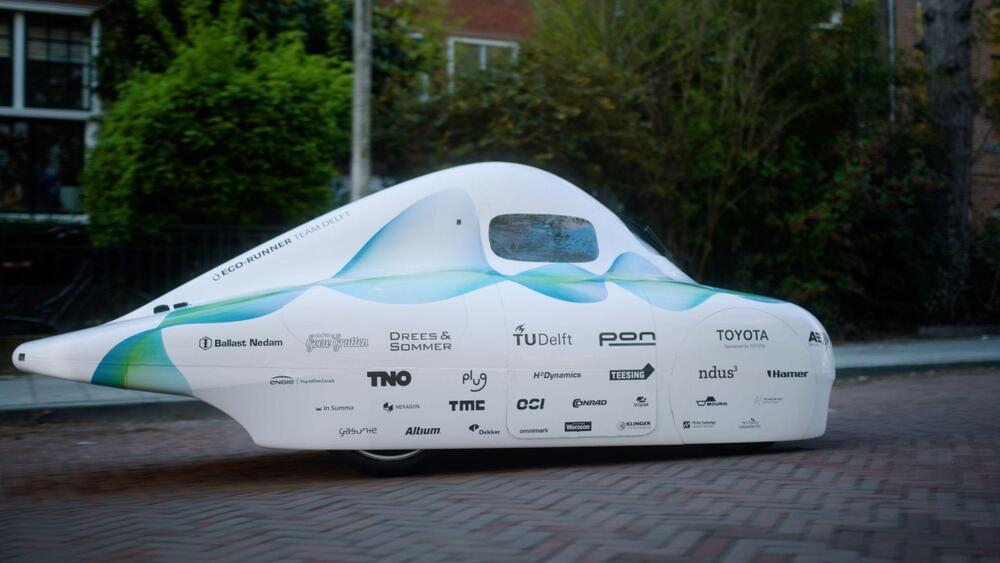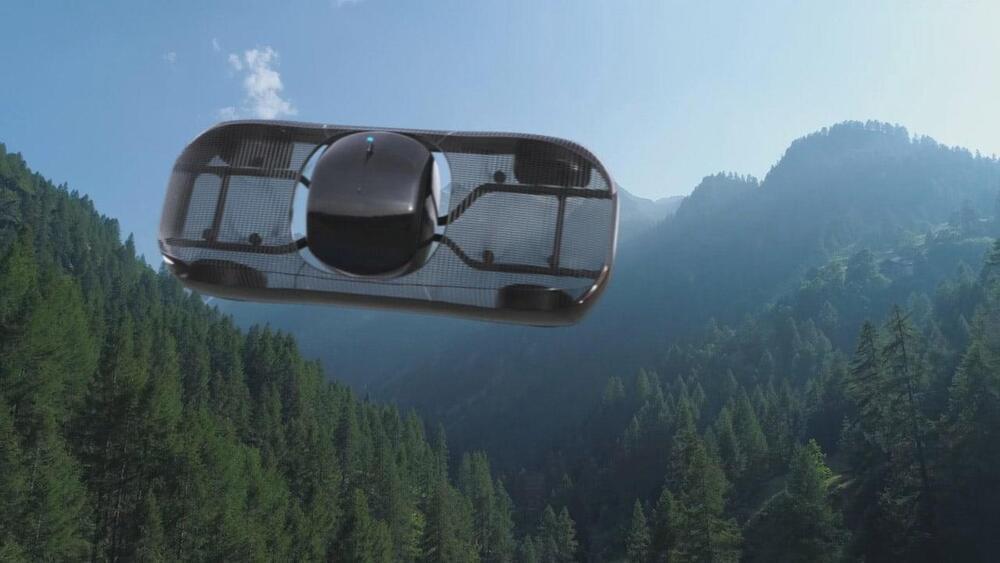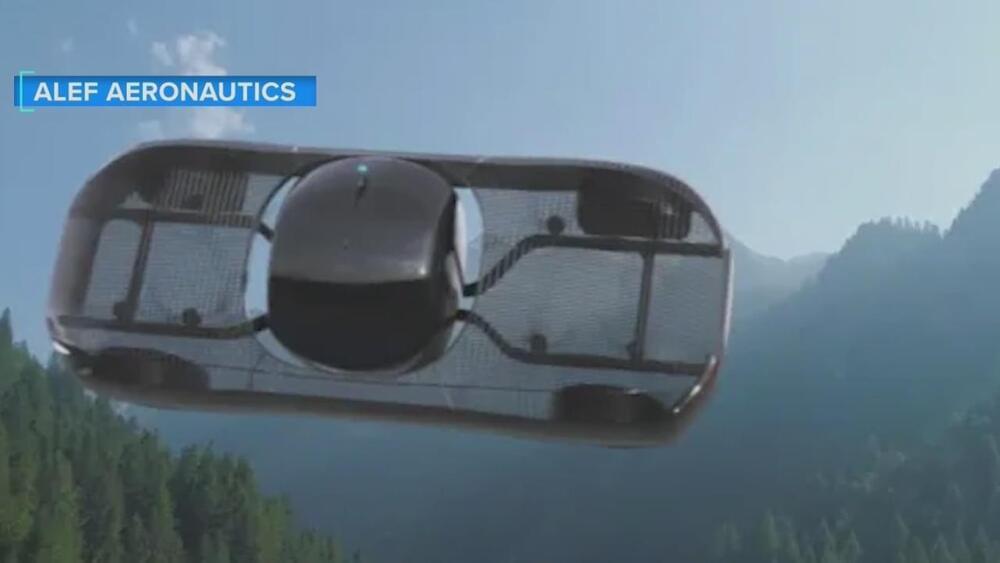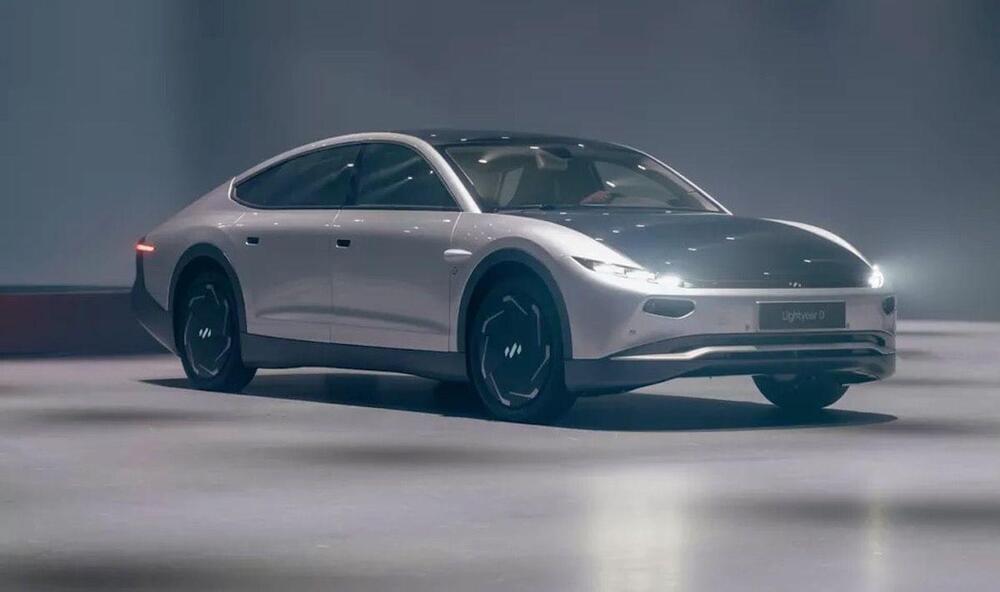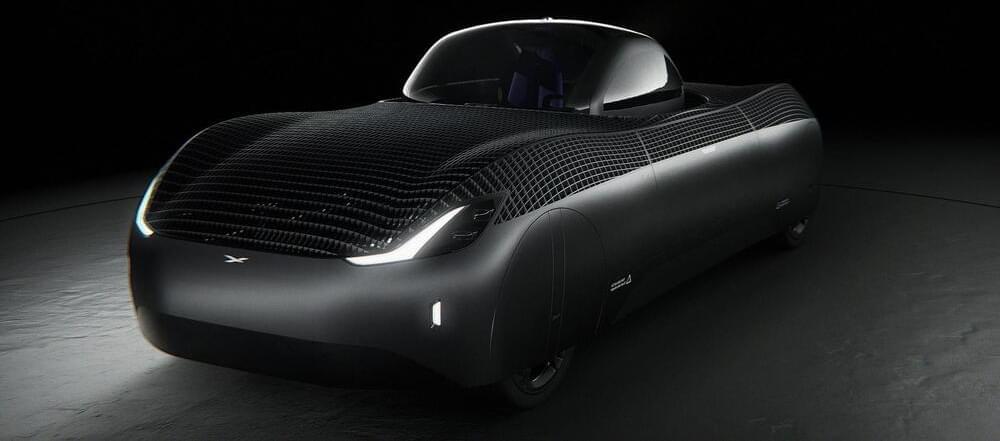The flying car is now available for preorder, the Santa Clara, California-based company posted on its website. Carrying one or two occupants, the vehicle will sell for about $300,000.
The “Model A” is 100% electric, drivable on public roads and has vertical takeoff and landing capabilities, the company wrote in its release.
The car will be a Low Speed Vehicle, meaning it won’t go faster than about 25 miles per hour on a paved surface. If a driver needs a faster route, they will be able to use the vehicle’s flight capabilities, according to Alef.
Alef Aeronautics’ ‘Model A’ has a driving range of 200 miles and a flight range of 110 miles. The company plans to start delivering cars by late 2025.
